Understanding the difference between your utility company and your energy supplier can be complicated, especially when reading your utility bill.
In order to understand how your energy bill is split between the utility and the supplier, it is important to understand the components of your total bill. Your total energy cost can be broken into the following three areas:
- Energy – The total amount of electricity used by your home or business in the current cycle
- Demand Charge – The peak energy used by your business in a specific period
- Transmission and Distribution – The cost of transporting and distributing energy over transmission lines
Because your energy supplier is responsible for providing energy to the utilities, the supplier will typically bill you a base rate multiplied by the amount of energy you consume (usually “Energy” or “Energy Charges” on your bill). This reflects the amount of electricity your home or business consumed during the billing period.
Your utility company is responsible for transmitting energy to your home or business and providing services, such as reading your meter. The utility charges for the cost of distributing energy to your home or business (“Transmission” or “Distribution” on your bill). Additionally, the utility will bill for your Demand Charge to ensure they have enough energy to meet your peak consumption.
Understanding who bills for what is an important foundation to reading your electric bills. By learning more about the components of your energy bills, you are better able to understand charges and catch any errors. For more information on reading and understanding your utility bill, read our post on Understanding Your Utility Bill.
